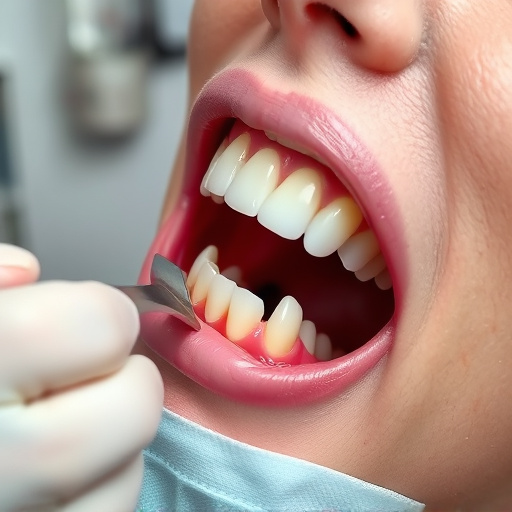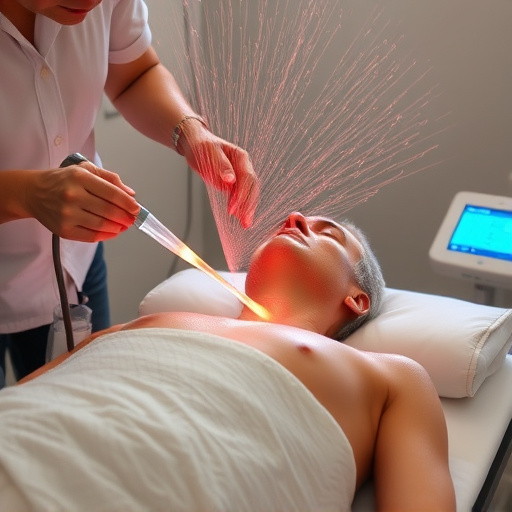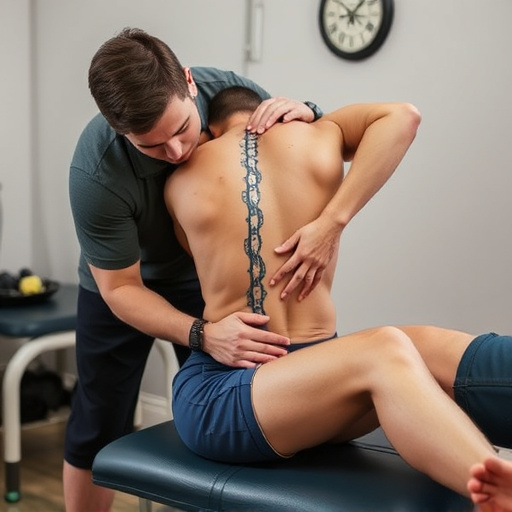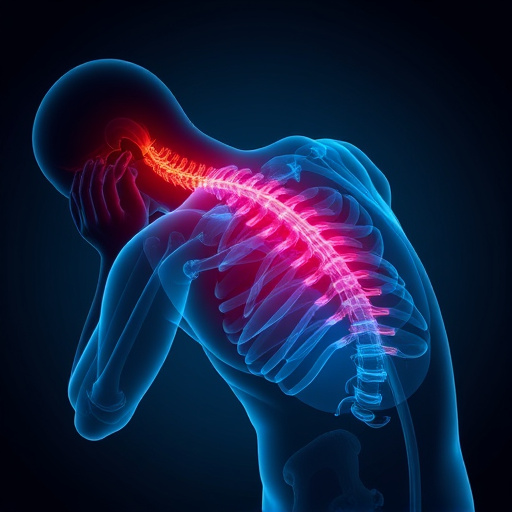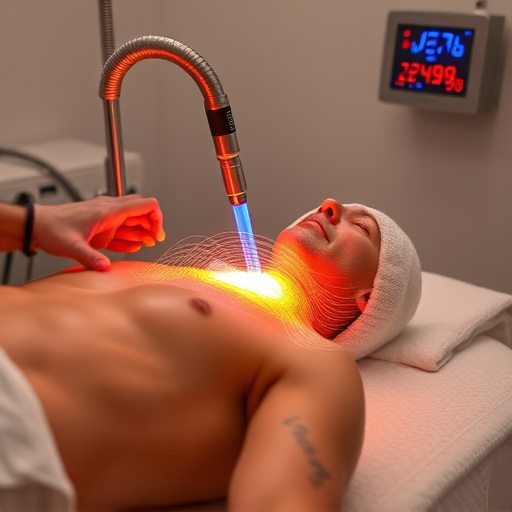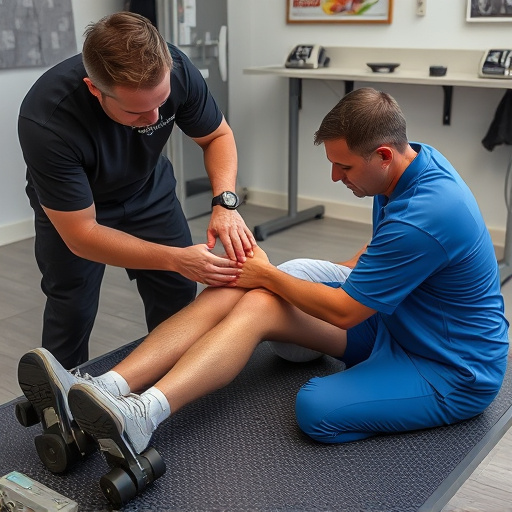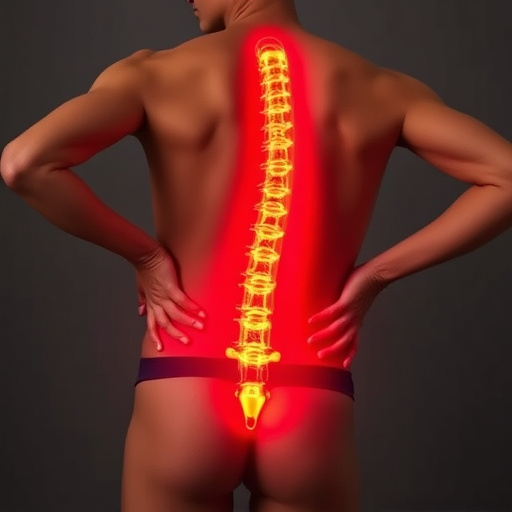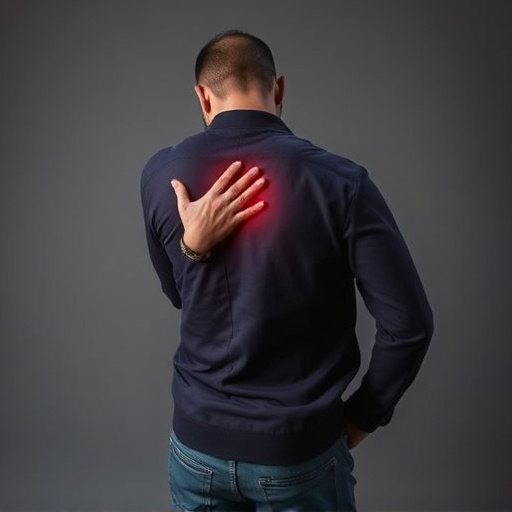Post-accident rehabilitation is a holistic process addressing physical and mental aspects to recover from injuries, prevent long-term disabilities, and enhance quality of life. It includes personalized exercise routines, psychological support, and innovative treatments like shockwave therapy. Effective programs restore strength, flexibility, balance, and safe movement patterns while reducing reinjury risks through preventive measures like good posture, ergonomic environments, and regular stretching. Integrating headache relief techniques is crucial to address underlying issues.
Post-accident rehabilitation is a crucial step in not only recovering from injury but also preventing future reinjuries. This comprehensive process aims to restore physical functions, enhance strength and flexibility, and improve overall well-being. Understanding the key components of effective rehabilitation programs can significantly reduce the risk of reinjury, promoting long-term health and independence for individuals post-accident.
- Understanding Post-Accident Rehabilitation: A Comprehensive Approach
- Key Components of Effective Rehabilitation Programs
- Strategies to Minimize Reinjury Risks After Accident Recovery
Understanding Post-Accident Rehabilitation: A Comprehensive Approach
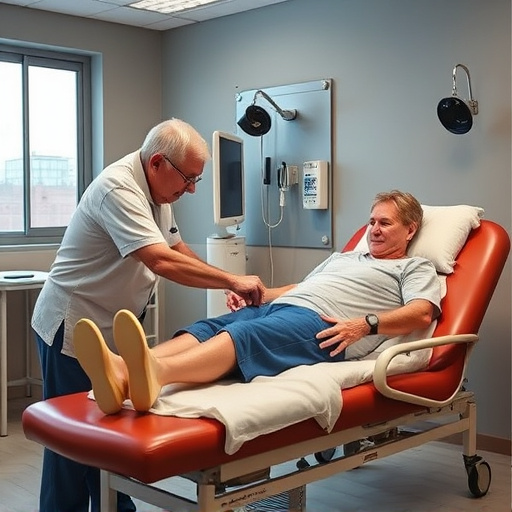
Post-accident rehabilitation is a crucial process that involves a comprehensive approach to help individuals recover from their injuries and reduce the risk of future reinjury. It’s not just about physical therapy; it encompasses a holistic view of the patient’s overall health, including psychological well-being and functional abilities. This multi-faceted strategy ensures that each aspect of an individual’s life is considered when designing a recovery plan.
Effective post-accident rehabilitation integrates various specialized treatments tailored to the specific needs of the patient. For instance, physical therapists focus on muscle recovery and improving range of motion through exercises and manual therapy. In contrast, occupational therapists assist in regaining daily living skills, while psychologists provide strategies for managing pain and stress, which are essential components of sports injury recovery or car accident injury care. This comprehensive approach aims to restore function, prevent long-term disabilities, and empower individuals to safely return to their desired activities, enhancing their overall quality of life.
Key Components of Effective Rehabilitation Programs
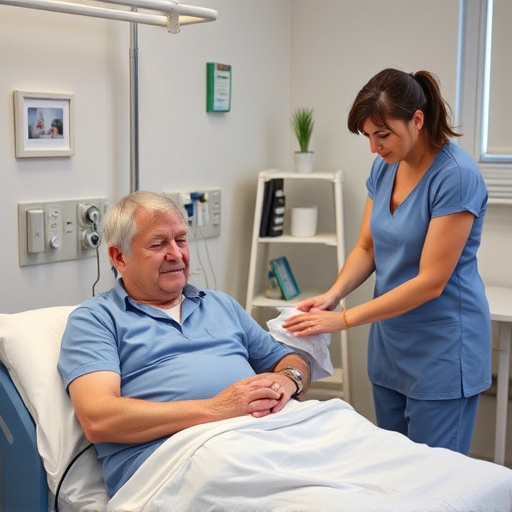
Effective post accident rehabilitation programs are multifaceted, targeting various aspects of an individual’s physical and mental well-being to reduce the risk of reinjury. Key components include comprehensive assessments by healthcare professionals who design personalized exercise routines tailored to restore strength, flexibility, and range of motion lost due to the initial incident. These exercises often incorporate progressive resistance training, balance and coordination drills, and specific movements that mimic everyday activities, preparing the body for real-world challenges.
Additionally, integrating shockwave therapy and other innovative treatments can offer significant benefits in injury rehabilitation. Such therapies are designed to stimulate tissue repair, alleviate chronic pain, and enhance overall recovery. Equally important is addressing psychological aspects through counseling and support groups, as managing stress and anxiety levels plays a crucial role in preventing future injuries by ensuring individuals have the mental resilience to adhere to their rehabilitation plans.
Strategies to Minimize Reinjury Risks After Accident Recovery
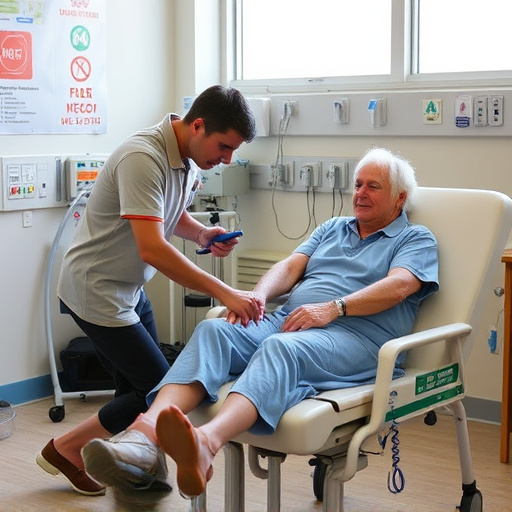
Post accident rehabilitation plays a pivotal role in minimizing reinjury risks by restoring physical functions and strengthening muscles that were compromised during the initial incident. One key strategy is to incorporate therapeutic exercises tailored to address specific areas affected, enhancing flexibility, balance, and strength. These exercises not only aid in muscle recovery but also re-educate the body on proper movement patterns, significantly reducing the likelihood of future injuries.
Additionally, adopting preventive measures such as maintaining good posture, using appropriate ergonomics at work or home, and engaging in regular stretching routines can substantially lower reinjury risks. Incorporating headache relief techniques into a comprehensive rehabilitation program is another effective approach, as chronic headaches can signal underlying issues that need addressing to prevent recurring accidents.
Post-accident rehabilitation is not just a treatment process; it’s a strategic, comprehensive approach designed to minimize reinjury risks. By understanding the key components of effective programs and implementing targeted strategies, individuals can optimize their recovery and return to active lifestyles with enhanced resilience against future accidents. Investing in post accident rehabilitation proves vital for long-term well-being and safety.

